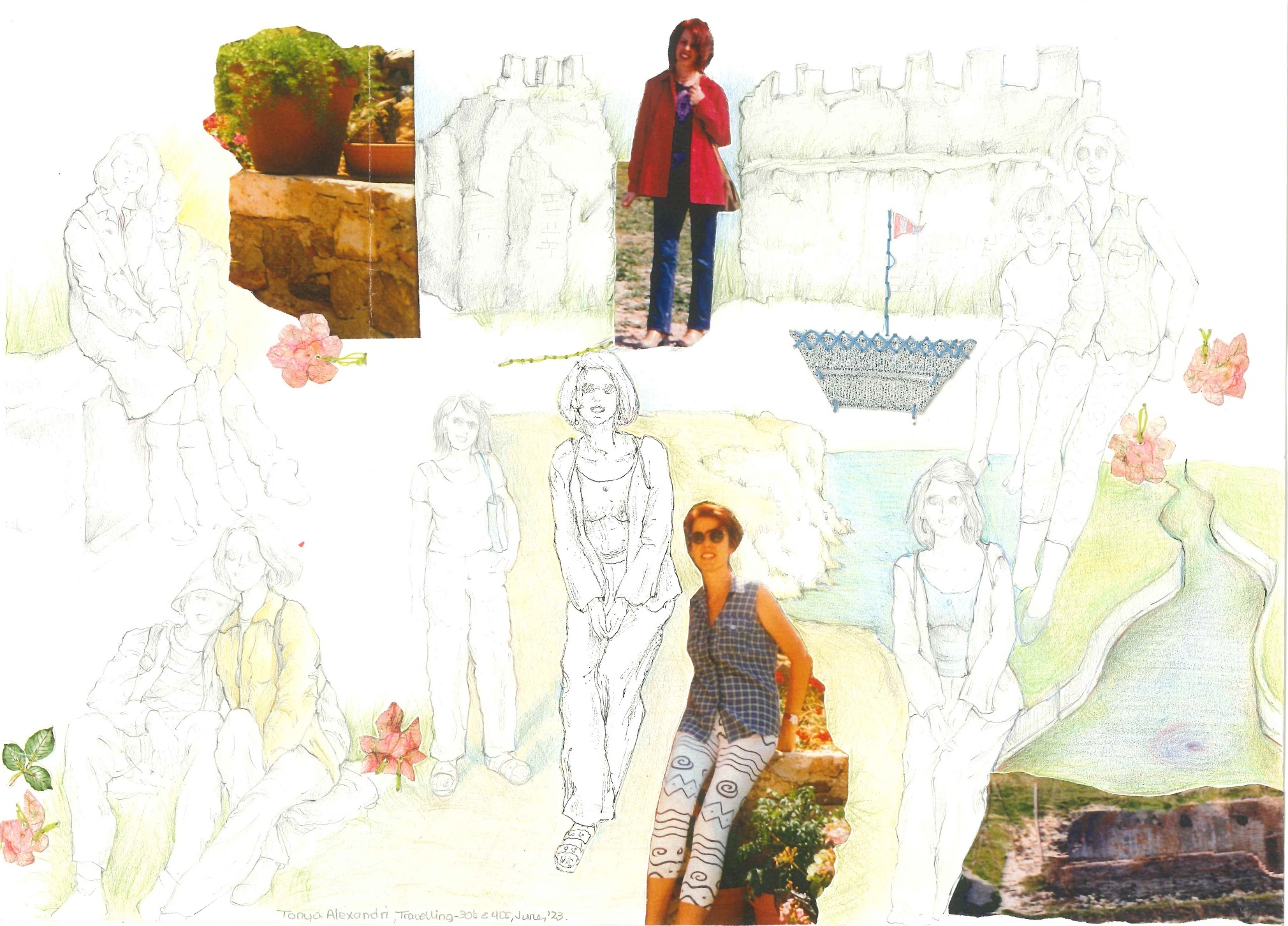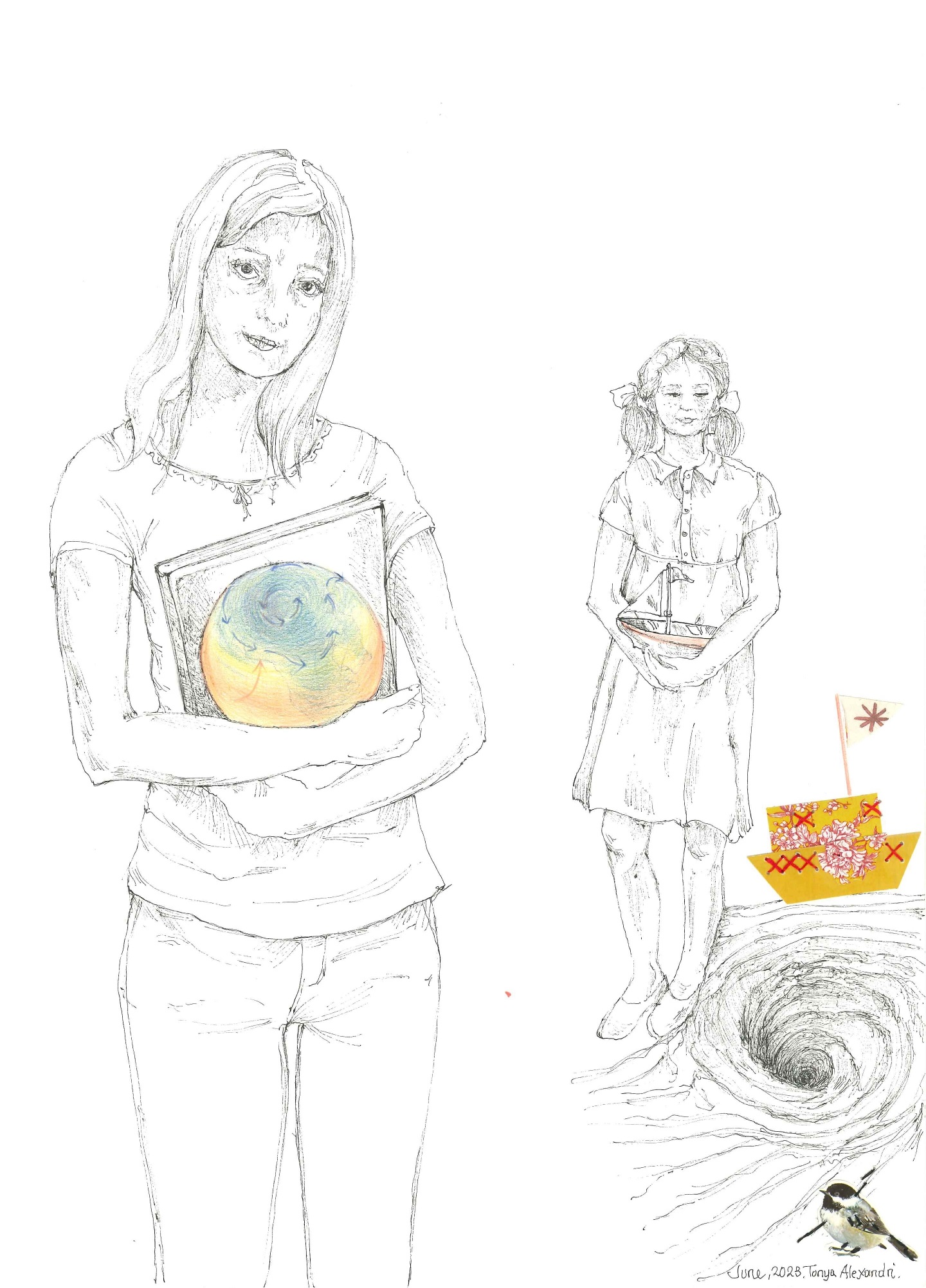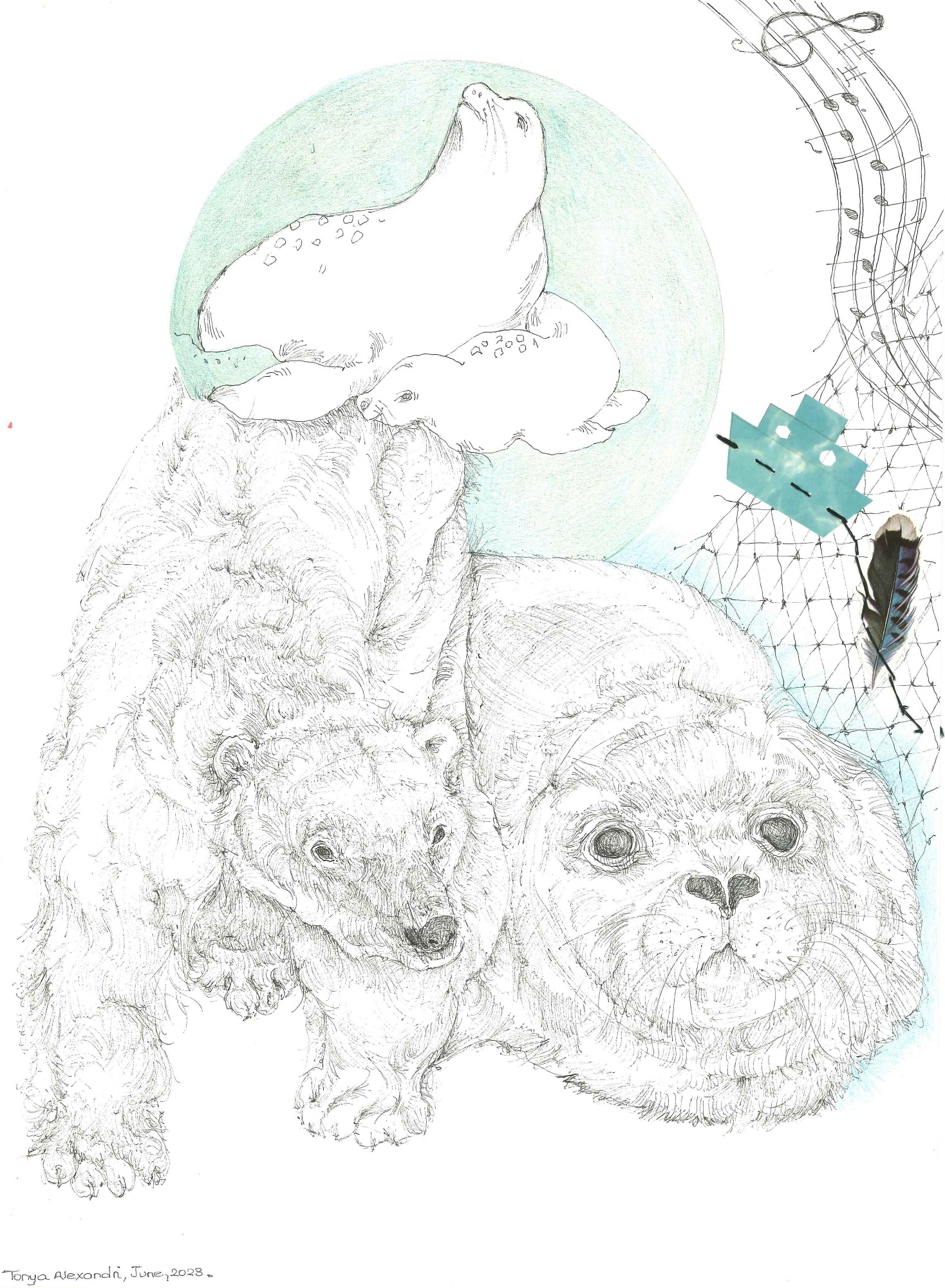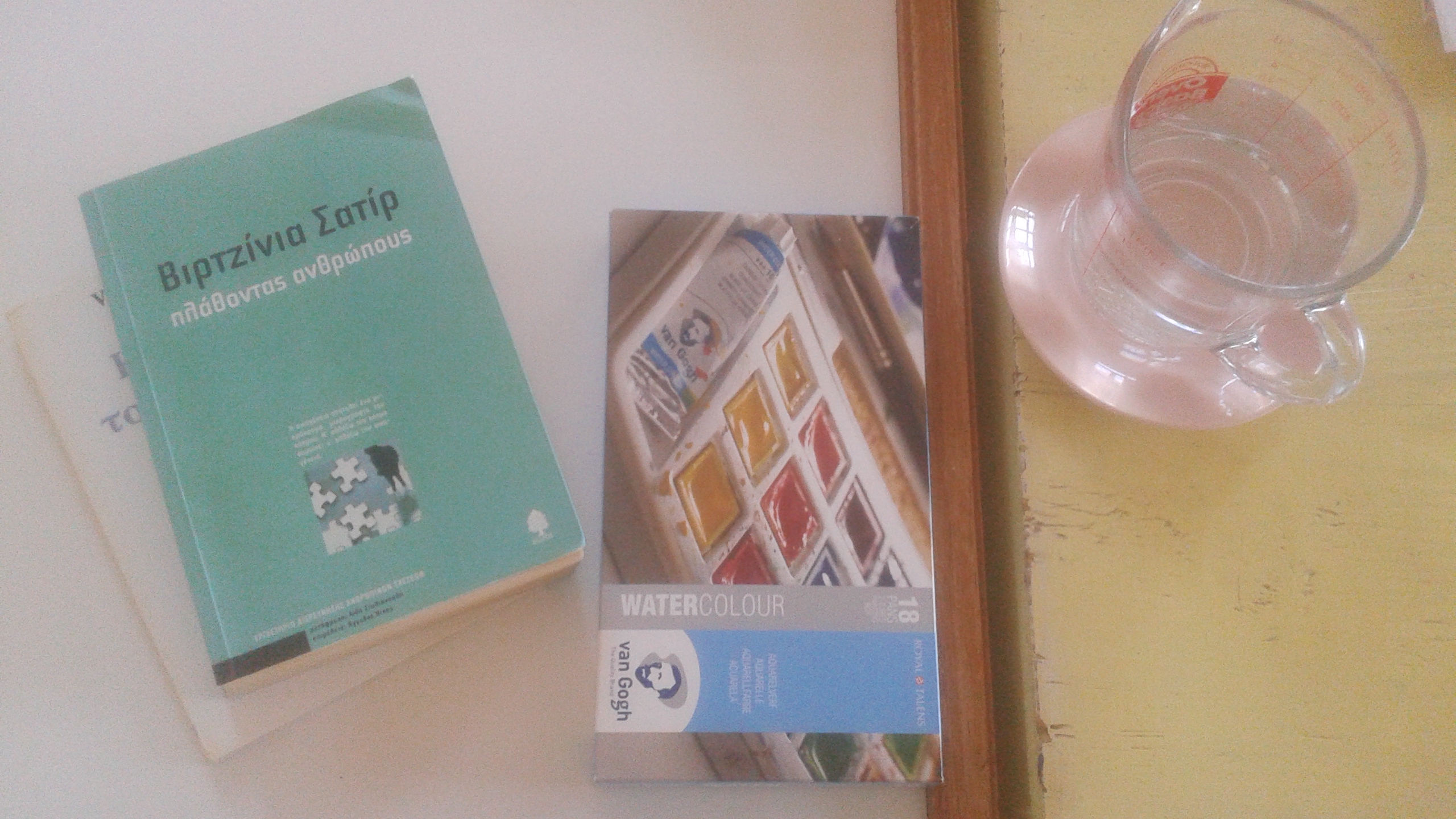**The extracts from Satir’s books are my own translations from Greek into English, therefore, there might be some differences in the terminology
Virginia Satir
“I see it clearly now, that the family is a microcosm, a miniature of the world. We can study the family to understand the world.” Virginia Satir
“I would of course like to see every institution linked to the well-being of the family.” Virginia Satir
“Feelings of worth can flourish only in an atmosphere where individual differences are appreciated, mistakes are tolerated, communication is open, and rules are flexible – the kind of atmosphere that is found in a nurturing family.” Virginia Satir
“We get together on the basis of our similarities; we grow on the basis of our differences.” Virginia Satir
“There are five freedoms: The freedom to see and hear what is; / The freedom to say what you feel and think; / The freedom to feel what you actually feel; / The freedom to ask for what you want; / The freedom to take risks on your own behalf.” Virginia Satir
May is usually the month I begin washing and putting away winter clothes to make room for summer stuff. This involves some reorganizing of closet and cupboard space and my aim is to get most of this out of the way by the end of the month. Anyway, this year I decided to simultaneously tackle other things, as well, like all the non digital photos that weren’t in albums. Meanwhile, along with the arrival of the first summer days, a persistent sore throat and cough have also arrived. All this daily life has to some degree influenced the drawings I’m posting today.



However, what I’ll be writing about today has to do with Virginia Satir’s work. I’ve wanted to return to it for some time both to refresh my memory, but also to consider her ideas from my current older self and see what feels relevant and true.
Virginia Satir was a charismatic and pioneer psychotherapist and writer, regarded by many as the Mother of Family Therapy. She was the founder of Satir Transformational SystemicTherapy, which is a systemic therapy model that evolved from her work. In this approach, the family system is seen as a unit instead of just a sum of its parts, and the goal of STST is to help individuals and families resolve problems and improve their relationships by transforming the whole family system. There are four basic principles associated with Satir’s approach: the principle of “self”, of communication, of boundaries and of time. Satir’s model of change includes (1) the late status quo, (2) resistance to change (3) chaos (4) integration of new possibilities, and finally, (5) a new status quo. Resistance to change to any established status quo is to be expected because systems and all organisms desire equilibrium and homeostasis – even when it is oppressive or dysfunctional – that may serve the parents or one partner. The therapeutic process often involves going through the stages many times. Forrest Hanson has uploaded a 10 minute video with the title, Why changing is so hard?, in which he briefly explains the important process of homeostasis at an organism and individual level, as well as, at a relational level, and how often family, friends and other social groups, in order to maintain equilibrium, resist or try to hinder and block change because as he notes as one piece of the puzzle tries to change it inevitably puts pressure on the rest of the puzzle.
Moreover, Satir’s work focuses on warmth and empathy, and is holistic in the sense that it takes into account the individual, the family and environmental factors. Satir was interested in the raising of children who value themselves. She believed that the family is a microcosm and that changing and healing the family would contribute to creating a better world. With this in mind, she travelled to many countries and established professional training groups all over the world. She also integrated meditations and poetic writing into her public workshops and writings. On my book shelves I found Greek editions of her books, The New Peoplemaking, which I will be writing more about below, and Meditations and Inspirations. Some of her poems and meditations in this little book felt inspiring and some did not resonate so much now.
A short sample from this book:
Feel the treasure in you / The wonder that you are / not only because you are / but because you are a manifestation / of the universal laws / of the Universe / We do not make ourselves / We are only co-creators / Love yourself / because you are / a member of the Universe.
But as I said the book I’ll be focusing here is The New Peoplemaking, which was edited and re-published in 1988, and translated into Greek in 1989. I have this early edition, but I actually bought and read it, about twelve years ago, while I was doing a family therapy course. I found I had enthusiastically highlighted many ideas and points, which gave me a glimpse of my former self. The book reads like a letter from the writer to the reader, and also, contains Satir’s cartoon like sketches, which illustrate the various relational dynamics she describes and the many metaphors she tends to use. She contended that because metaphors create images they reinforce learning. One of her best known metaphors is the “iceberg” through which she suggests that our behaviors are only the top visible layers of the iceberg and that there are many layers underneath, such as, coping, feelings, perceptions, expectations, values, beliefs and yearnings. The book is also packed with experiential exercises.
Other metaphors she often used are the “tapestry” and the “gardener” metaphors. There’s a 14 minute YouTube video with the title:“Virginia Satir on Raising Children Who Value Themselves”, where she expands on these metaphors. Satir says: “Parents need to be good gardeners… and what does the gardener do? They take seeds and they never say to the seed: “Listen, if you don’t grow in a way I want you to grow, I am going to throw you out.” They say: “Now, I am going to find out what are the growing conditions of this… what is the light, fertilizer, temperature…,” and that is what I would like to see people do with children… Also waiting for the seed to sprout… Knowing it takes a while for a seed to sprout, for a seed to unfold itself, and in the meantime you go on trust.”
In this book Satir focuses on the features of family systems and how they can change and become more functional. She distinguishes between dysfunctional families, which tend to be closed systems, and nurturing (functional) families [I’m translating from Greek into English, so I hope I’m as close as possible to the original terms], which are more open systems. Satir proposed that a family is a place where people are made. She found through her work with families and individuals that human beings can become flexible and can change and that adults have the power to positively affect both their own and their children’s behaviors and lives.
Some of the areas and topics she tackles and offers insights into are the fact that surface problems and problematic behaviors are rarely the actual problem. Instead of packing or filing away our emotions and past, working with our blocked experiences can free us to live and relate better. In the book she writes how old unfinished business often become a barrier to full acceptance in relationships and that “as long as we look at the present, but we see the past, more and more the walls of separation will grow higher and higher. If you come across the garbage truck, say so and empty it.”
She has also expanded on the problems that the sense of low self-worth and low self-esteem can cause in relationships and families. The following extracts reveal her views on this topic:
“Feelings of worth can only flourish in an atmosphere in which individual differences are recognized, love is openly expressed, mistakes are used to learn, communication is open and rules are flexible, accountability is developed (the coupling of promise with realization) and honesty is put into practice, in the atmosphere one finds in a nurturing family”.
“By honoring all parts of ourselves and being free to accept them, we build the foundation for high self-esteem / self-worth. The opposite means conflict with nature. Many of us create serious problems for ourselves because we have failed to understand that we are unique beings. Instead, we have tried to fit into a mold to be like everyone else. Some types of education are based on comparison and uniformity. This almost always results in low self-esteem.”
Satir explores different stances of communication and communication games, and some of the outcomes of these. Also, in chapter 7 she discerns five basic modes of responding / communicating: [translation from Greek copy] compromise, reproach, calculation and deception, and direct or flowing, and suggests that we learn these ways of communication when we are very young. …. In terms of the response she calls direct or flowing she writes: “In this response all parts of the message follow the same direction… voice and words agree with facial expression, body posture and tone. Relationships are free, easy, and honest, and people don’t feel their self-esteem / worth is threatened. This response dispenses with any need for compromise, for blame / reproach, for gathering inside a computer, for constant movement.
Satir also examines the nature and role of rules in families. In her chapter on rules [9] she claims that when there is any family prohibition to mention what is happening or what has happened, then this provides fertile ground for weeds to grow because we are all influenced by everything we hear and see and we automatically try to make meaning of it. She writes: “As we have said, the explanation, if one is not given a chance to check it out, it turns into a “fact”. The “fact” may or may not be accurate, but it is what the person will base their actions and opinions on…. Many children grow up forbidden to comment or question, and by the time they reach adulthood, they see themselves as some variation of a saint or a devil rather than as a living, breathing, feeling human being.
Satir suggests that “the implications of systems thinking for personal, family, and societal behaviour are evident everywhere today.” In chapter 10 she discusses how there are two types of systems, closed and open. She notes that people cannot develop in a closed system, at best they just survive, and also, that we could all cite countless examples of closed systems to one extent or another, such as dictatorships in modern societies and prisons, but also schools, political parties, and so on. She invites us to ask ourselves: What would you say about the system in your family? Is it open or closed? I would perhaps add that it would be closer to reality to ask: “To what extent is your family or any other system / group open or closed? or Which areas tend to be more closed or open? because it is probably almost impossible for any system to be entirely closed.
She explains that systems consist of many interrelated parts and that every system should possess a purpose or goals, which for families involve enhancing the growth of individuals. She argues that the basic difference between systems involves their relationship to change. While a closed system is more rigid when it comes to change and more disconnected from the outside world, in an open system there is less rigid interconnection among the different members and the outside world, as well as, more awareness of their role in the system. She claims “In the open system the parts are interconnected, responsive, each is sensitive to the others and allow information to flow between their internal and external environments.” Also, in open systems, as opposed to closed systems, self-worth is primary, power and performance secondary. In more closed systems power is more concentrated and much more important than uniqueness, self-worth, free communication and change.
Satir further examines the organization of families, types of families and extended family, family in society, the developmental life cycles, the later years, the family of the future, her own sense of spirituality, world peace, and more. But, as the post has become quite lengthy I will end here with an extract from the book that is representative of her values.
“Your birth, my birth, everyone’s birth is a spiritual event and cause for celebration. Obviously there is a need to provide the richest context for each child to grow up and become fully human. We haven’t reached that point yet. For many, the miracle of birth is marred by the sad conditions in which children are born. However, when we accept the fact that every child contains the ingredients of a “living and walking” miracle, then we have a basis for establishing positive behavior on a global scale. Certainly, this starts with the family. We are slowly moving towards this reverence for life. In our effort to change behavior, it is easy to crush the spirit, leaving the body crippled and the mind asleep. This approach is largely due to equating a person’s worth with their behavior. Whereas, when we remember that behavior is something learned, we can simultaneously honor the spirit and cultivate a more positive attitude.”

